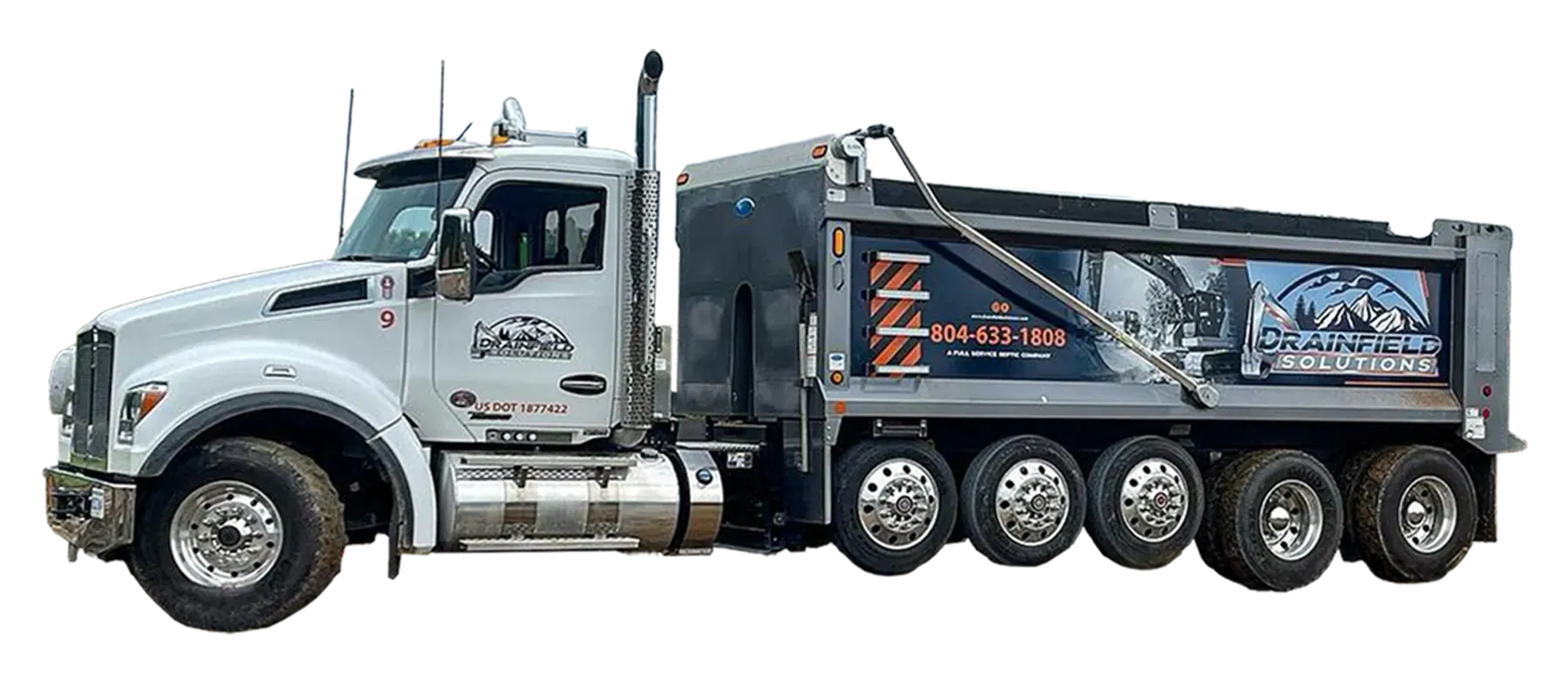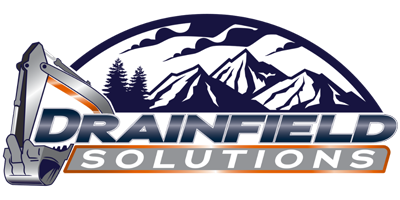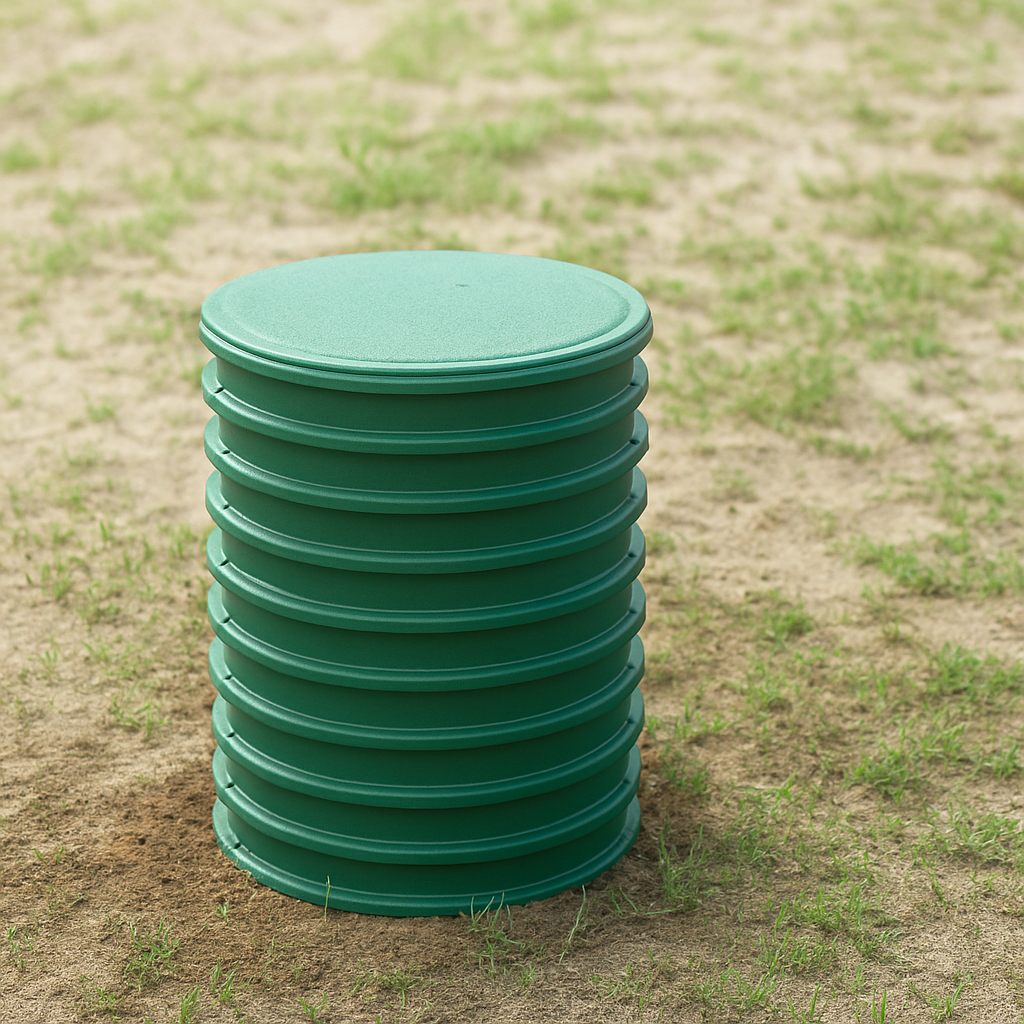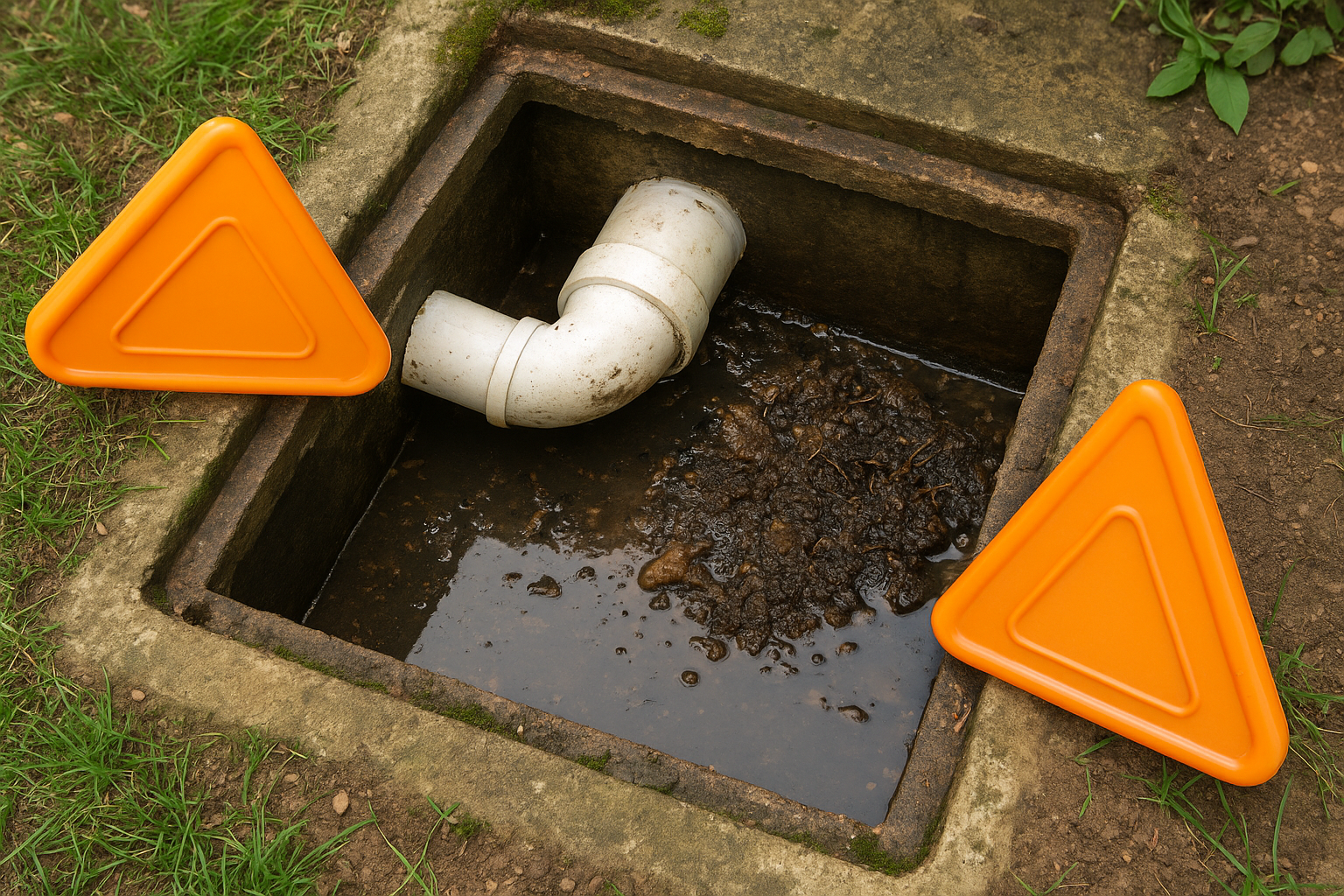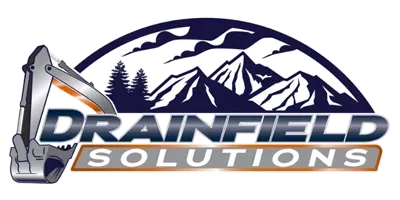
Learn How To Locate Your Drainfield
November 5, 2024
Knowing the location of your drainfield is crucial for proper maintenance and avoiding damage. Your drainfield is one of the most important components of your septic system, responsible for treating and dispersing wastewater after it leaves the septic tank. However, many homeowners may not be aware of its exact location, which can lead to unintentional damage, such as driving over the drainfield or planting trees with invasive roots nearby. If you’re unsure where your drainfield is located, this guide will help you find it and ensure it remains in good condition.
Why It’s Important to Know the Location of Your Drainfield
Understanding the location of your drainfield helps you take better care of your septic system. Here are some reasons why this is important:
1. Preventing Damage:
Driving vehicles or heavy machinery over the drainfield can compact the soil, reducing its ability to absorb and filter wastewater. Knowing where the drainfield is allows you to avoid parking or placing heavy objects on the area.
2. Avoiding Root Invasion:
Certain trees and shrubs have invasive root systems that can penetrate the perforated pipes in the drainfield, causing blockages and system failure. By knowing the location of the drainfield, you can avoid planting deep-rooted plants nearby.
3. Easier Maintenance:
Regular inspections are a critical part of septic system maintenance. If you know the location of your drainfield, you can keep an eye out for signs of failure, such as pooling water or foul odors, and address issues promptly.
4. Facilitating Repairs or Upgrades:
If repairs or upgrades are needed, such as adding a new distribution box or replacing clogged pipes, having a clear understanding of where the drainfield is located will make the process smoother and more efficient for your septic professional.
Steps to Locate Your Drainfield
If you’re not sure where your drainfield is, here are the steps you can take to find it:
1. Check Property Records or Septic System Permit
The first place to look for information about your drainfield is in your property records or septic system permit. When a septic system is installed, the contractor typically submits a permit to the local health department, which includes a site plan or diagram of the system’s layout. This document will show the location of the septic tank, drainfield, and other key components.
If you don’t have a copy of the permit, you can request one from your local health department. Many counties keep detailed records of septic installations, and they can provide you with the necessary information.
2. Look for Visual Clues in Your Yard
If you can’t find the permit or property records, there are often visual clues in your yard that can help you locate the drainfield. Here are some common signs to look for:
a. Patches of Lush Grass:
Drainfields tend to be slightly more fertile due to the nutrients in the wastewater. You may notice patches of greener, thicker grass over the area where the drainfield is located.
b. Mounds or Slight Elevation Changes:
Some drainfields are designed with slightly raised areas to improve drainage. If you see subtle mounds or elevations in your yard, this could be a sign that your drainfield is below.
c. Vent Pipes:
Some septic systems have vent pipes that stick out of the ground near the drainfield. These pipes allow gases to escape and can serve as an indicator of the drainfield’s location.
3. Use a Soil Probe or Metal Detector
A soil probe is a simple tool that can help you locate the drainfield by identifying the trenches where the perforated pipes are buried. Insert the probe into the ground in areas where you suspect the drainfield might be. If the probe encounters resistance about 6-12 inches below the surface, you may have found the location of the pipes.
Additionally, if your drainfield includes metal components, such as distribution boxes, a metal detector can help you locate these parts. Slowly sweep the metal detector over the yard in a grid pattern to identify any metal objects below the surface.
4. Follow the Septic System Layout from the Septic Tank
Another method for locating the drainfield is to follow the path from your septic tank. The drainfield is typically located downslope from the septic tank to allow gravity to help with the flow of wastewater. Start by finding the septic tank, which is often marked by an access lid or cover on the ground, and look for areas nearby that might serve as the drainfield.
The drainfield is usually located a short distance away from the septic tank—typically 10 to 30 feet, depending on the property layout. Walk around the septic tank area and use a combination of visual clues, soil probing, and property records to narrow down the location.
5. Hire a Professional Septic Inspector
If you’re unable to locate the drainfield on your own, the best option is to hire a professional septic inspector. Septic professionals have specialized tools and equipment, such as cameras and electronic locators, to precisely identify the location of the drainfield without causing any damage to your property.
An inspector can also evaluate the health of your septic system, identify potential problems with the drainfield, and provide recommendations for maintenance. Hiring a professional is especially useful if your septic system is older, as they can help determine whether the system is still functioning as it should.
Marking the Location of Your Drainfield
Once you’ve located your drainfield, it’s a good idea to mark it clearly. This can be done by placing small stakes or flags around the perimeter of the drainfield, creating a visual reminder of the area’s boundaries. Marking the drainfield helps prevent accidental damage, such as driving vehicles over the area or installing landscaping that could interfere with the system.
Be sure to update any property records or maps with the exact location of the drainfield, as this will be helpful for future maintenance, repairs, or property sales. Having clear documentation ensures that future owners or contractors are aware of the system’s layout and can take appropriate precautions.
How to Care for Your Drainfield After Locating It
After identifying the location of your drainfield, it’s important to take steps to care for it properly. Here are some key tips to ensure the longevity of your drainfield:
1. Avoid Compaction:
Do not drive vehicles, heavy equipment, or machinery over the drainfield, as this can compact the soil and reduce its ability to absorb wastewater. Compacted soil restricts the flow of effluent, leading to backups and system failure.
2. Monitor Water Usage:
Excessive water usage can overwhelm the drainfield, causing it to become oversaturated and ineffective. Be mindful of water usage in your household, particularly during heavy rainfall or periods of high water consumption. Consider spreading out laundry loads and using water-saving appliances to reduce strain on the system.
3. Don’t Plant Trees Near the Drainfield:
Keep deep-rooted trees and shrubs away from the drainfield area. Tree roots can invade the perforated pipes and cause blockages or damage to the system. If you want to plant vegetation near the drainfield, opt for shallow-rooted plants or grass.
4. Watch for Signs of Trouble:
Keep an eye out for warning signs of drainfield failure, such as slow drains, standing water, foul odors, or patches of unusually lush grass. If you notice any of these signs, contact a septic professional to assess the situation.
5. Schedule Regular Inspections and Pumping:
Even if your septic system seems to be functioning properly, regular inspections and septic tank pumping are essential to prevent issues. A professional can check the health of the drainfield, ensure the septic tank isn’t too full, and recommend maintenance tasks to keep the system in good shape.
Conclusion
Locating your drainfield is a critical step in maintaining your septic system and protecting your property from damage. By knowing where the drainfield is, you can prevent common issues, such as soil compaction, root invasion, and system overload. Whether you use property records, visual clues, or hire a septic professional, finding the drainfield and caring for it properly will help ensure your septic system operates efficiently for many years. Regular maintenance and inspections, combined with water conservation practices, will also contribute to the health and longevity of the drainfield, preventing costly repairs and system failures.
At Drainfield Solutions, we know the critical role a well-maintained septic system plays in your home's and the environment's health. Our dedicated team of professionals is here to ensure your system receives the expert care it needs to operate efficiently and comply with all state regulations. Whether it's routine pumping, detailed inspections, or comprehensive system evaluations, we are committed to helping you avoid expensive repairs and prolong the life of your septic system.
Regular maintenance can prevent future problems and keep your home safe, clean, and running smoothly. If you're ready to schedule your septic system service or have questions about your system, visit our contact page to schedule an appointment with us today by calling 804-633-1808. We're here to help homeowners throughout Central Virginia maintain reliable and effective septic systems.
Share Post
Latest Posts
Ready to Take the Next Step?
Whether you're in need of a system inspection or regular maintenance, Drainfield Solutions is here to help. Get in touch today for reliable service you can trust.
